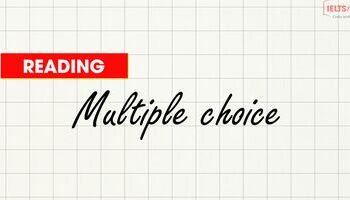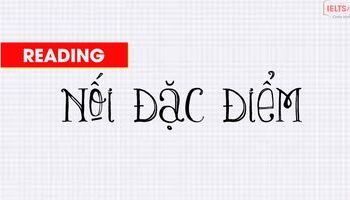1. Cách so sánh đơn giản
Bạn có thể dùng "compared to", "compared with", "in comparison to" và "in comparison with" như nhau.
Ví dụ:
- Prices in the UK are high compared to / with / in comparison with (prices in) Canada and Australia.
- Compared to / with / in comparison with (prices in) Canada and Australia, prices in the UK are high.
Khi viết về con số hoặc sự thay đổi, các từ “while” hoặc “whereas” có thể dùng được trong rất nhiều hoàn cảnh:
- There are 5 million smokers in the UK, while / whereas only 2 million Canadians and 1 million Australians smoke.
- Between 1990 and 2000, the number of smokers in the UK decreased dramatically, while / whereas the figures for Canada and Australia remained the same.
Lưu ý:
Chúng ta không nói "comparing to".
Chúng ta nói "2 million" , không nói "2 millions".
Cách nói đúng: 10 million people
Cách nói sai: 10 millions people, 10 millions of people, 10 million of people
Khi không có số liệu chính xác, có thể viết "millions of".
e.g. Millions of people travel abroad each year.
2. Từ vựng so sánh
Dưới đây là các cụm dùng để so sánh rất hay mà bạn nên áp dụng:
- The chart compares... in terms of the number of...
- ...is by far the most... OR ...has by far the highest number of...
- the figures for... tend to be fairly similar
- In second place on the chart is...*
- The number of... is slightly higher than...
- Only four other countries have...
- ...all with similar proportions of...
- ...is the only country with a noticeably higher proportion of...
Lưu ý: Chỉ dùng các cụm như "in second place" nếu biểu đồ có đề cập đến thứ hạng hoặc đua tranh giữa các đối tượng. Các bạn không nên viết "in first/ second place" nếu biểu đồ nói về việc thất nghiệp hoặc các vấn đề về sức khỏe/y tế.
3. So sánh hơn và so sánh nhất
So sánh hơn kém và đối chiếu các số liệu với nhau là kĩ năng được đánh giá rất cao trong Writing Task 1. So sánh hơn và so sánh nhất là hai cách hiệu quả và hay được áp dụng nhất.
>> So sánh hơn được dùng khi so sánh hai đối tượng:
Ex: Leopards are faster than tigers.
>> So sánh nhất được dùng để so sánh một đối tượng nổi bật trong nhóm:
Ex: The leopard is the largest of the four big cats.
Bảng dưới đây sẽ giúp bạn hình dung rõ hơn về các dạng so sánh bên trên nhé:
|
| Example Word | Comparative | Superlative |
| Từ có 1 âm tiết | high | higher | the highest |
| Từ có 3 âm tiết trở lên | productive | more productive
less productive | the most productive
the least productive |
| Từ kết thúc bằng chữ -y | wealthy | wealthier | the wealthiest |
| Từ ngắn có nguyên âm ở giữa từ | hot | hotter | the hottest |
| Trường hợp đặc biệt | good | better | the best |
4. Các từ vựng so sánh khác
So sánh hơn và so sánh nhất được dùng để so sánh và đối chiếu, tuy nhiên vẫn chưa đủ để đa dạng hóa cách mô tả trong bài báo cáo.
Ngoài ra, còn có các cách diễn đạt so sánh như sau:
Từ nối
The Middle East produces high levels of oil; however, Japan produces none.
The USA produces large amounts of natural gas. In contrast, South Korea produces none.
European countries make great use of solar power. On the other hand, most Asian countries us this method of power generation very little.
Liên từ
The Middle East produces high levels of oil, whereas / while Japan produces none.
Whereas / While the Middle East produces high levels of oil, Japan produces none.
Although the Middle East produced 100 tons oil, Japan produced none.
Các cấu trúc khác
Developing countries are more reliant on alternative energy production than developed countries.
Solar power accounts for far less of the total energy production than gas or coal does.
Hydropower is not as efficient as wind power.
Like Japan, South Korea does not produce any natural gas.
The Middle East produces twice as much oil as Europe.
Western countries consume three times more oil than the Middle East.
Russia consumes slightly more oil than Germany.
The UAE produced the same amount of oil as Saudi Arabia.





